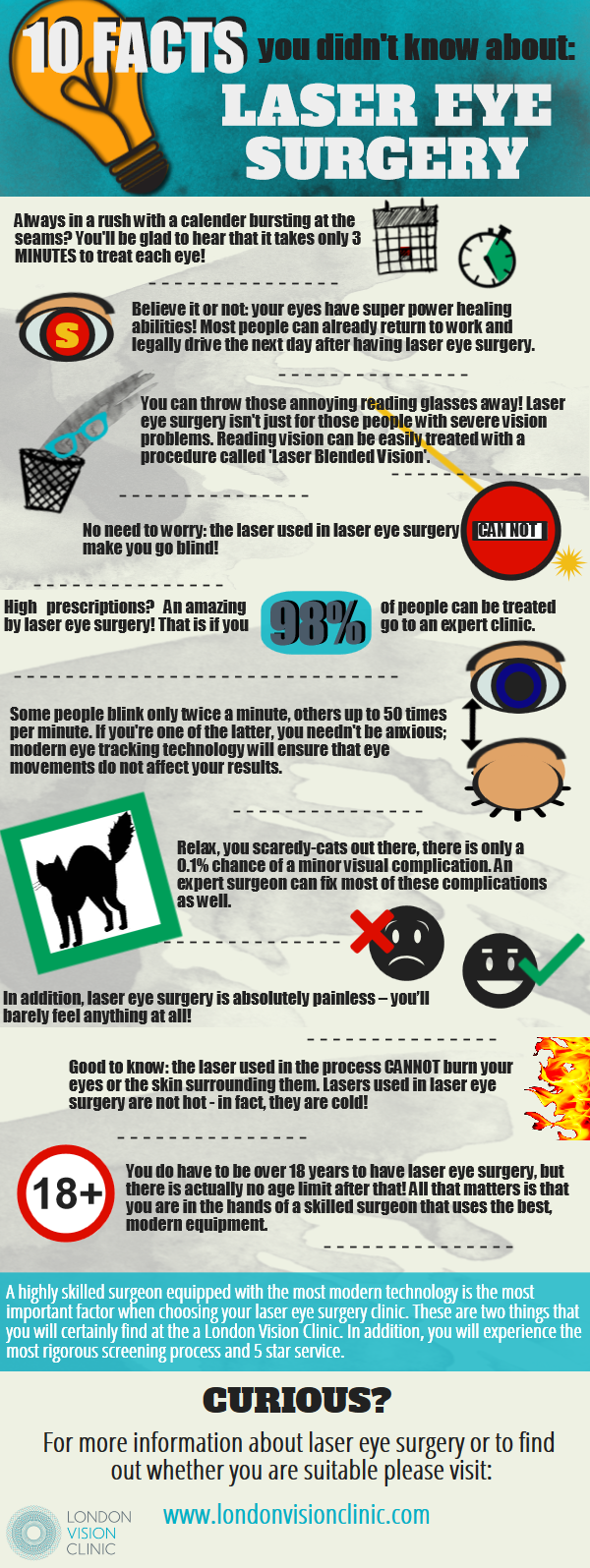How Does SMILE Eye Surgery Compare To LASIK And PRK?
How Does SMILE Eye Surgery Compare To LASIK And PRK?
Blog Article
LASIK Vs Laser -McElroy Osborne
If you've been considering SMILE eye surgical procedure, you could ask yourself exactly how it compares to LASIK and PRK. Each treatment has its own collection of benefits and factors to consider. From quicker healing times to possible threats, there are crucial differences you ought to be aware of prior to making a decision. Recognizing these differences will assist you make an enlightened selection that aligns with your particular demands and expectations. Curious to know even more regarding exactly how these procedures contrast in detail? Continue discovering to get an extensive understanding of SMILE, LASIK, and PRK.
SMILE Eye Surgical Procedure Introduction
If you're taking into consideration SMILE eye surgical treatment, you'll locate it to be a minimally invasive treatment with a quick recuperation time. During https://www.verywellhealth.com/lasik-pretests-3421942 (Little Cut Lenticule Removal), a laser is used to produce a tiny, exact incision in the cornea to remove a tiny item of cells, improving it to remedy your vision. This varies from LASIK, where a flap is produced, and PRK, where the external layer of the cornea is totally removed.
Among the key benefits of SMILE is its minimally intrusive nature, leading to a faster healing procedure and less pain post-surgery. The recovery time for SMILE is reasonably quick, with lots of individuals experiencing boosted vision within a day or 2. This makes it a preferred option for those seeking a practical and effective vision correction treatment. In addition, SMILE has actually been revealed to have a lower threat of completely dry eye disorder compared to LASIK, making it a favorable choice for people concerned concerning this potential adverse effects.
Differences In Between SMILE, LASIK, and PRK
When contrasting SMILE, LASIK, and PRK eye surgeries, it is essential to understand the unique strategies used in each treatment for vision correction.
SMILE (Small Laceration Lenticule Removal) is a minimally invasive procedure that involves creating a small laceration to draw out a lenticule from the cornea, improving it to remedy vision.
LASIK (Laser-Assisted Sitting Keratomileusis) includes creating a thin flap on the cornea, making use of a laser to improve the underlying tissue, and afterwards repositioning the flap.
PRK (Photorefractive Keratectomy) eliminates the external layer of the cornea prior to improving the tissue with a laser.
The primary difference depends on the way the cornea is accessed and treated. SMILE is flapless, making it a good choice for individuals with thin corneas or those involved in get in touch with sporting activities. LASIK supplies rapid visual recovery because of the flap production, but it might posture a higher threat of flap-related issues. PRK, although having a much longer healing duration, prevents flap-related problems completely.
Understanding these differences is critical in choosing the most ideal procedure for your vision adjustment needs.
Benefits And Drawbacks Contrast
To assess the advantages and disadvantages of SMILE, LASIK, and PRK eye surgeries, it's essential to take into consideration the details benefits and possible limitations of each procedure. SMILE surgical treatment supplies the advantage of a minimally invasive procedure, with a smaller sized cut and possibly quicker healing time compared to LASIK and PRK. It also reduces the danger of completely dry eye post-surgery, an usual adverse effects of LASIK. However, SMILE might have restrictions in treating greater degrees of myopia or astigmatism compared to LASIK.
LASIK surgery supplies quick aesthetic recuperation and minimal pain throughout the treatment. It's extremely reliable in treating a large range of refractive mistakes, including nearsightedness, hyperopia, and astigmatism. Yet, LASIK lugs a threat of flap issues, which can influence the corneal framework.
PRK eye surgical procedure, while not as popular as LASIK, avoids creating a corneal flap, reducing the threat of flap-related difficulties. It's suitable for patients with thin corneas or uneven corneal surfaces. Nevertheless, PRK has a longer recuperation time and might include more pain during the recovery procedure.
Final thought
So, when it pertains to picking in between SMILE, LASIK, and PRK, think of it like selecting the perfect set of shoes. SMILE is like a streamlined, comfy pair of sneakers - fast and easy.
LASIK is extra like fashionable high heels - showy and quickly, however with some prospective risks.
PRK is like strong treking boots - reliable and durable, but needing a little bit even more time and effort.
Ultimately, the best option depends on your private needs and preferences.
